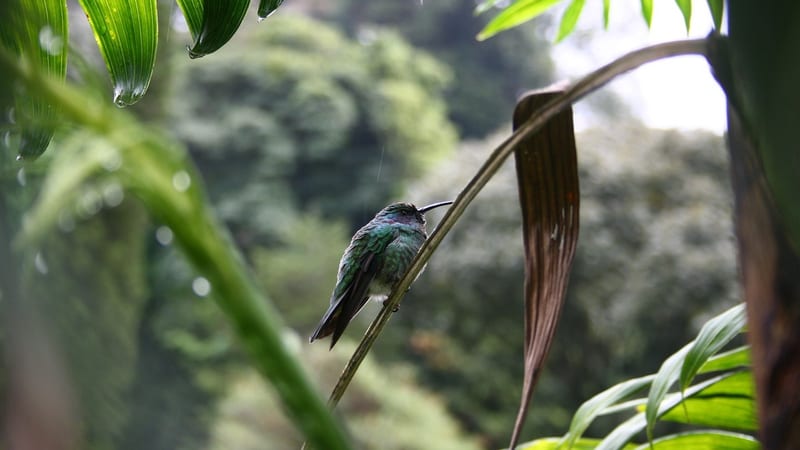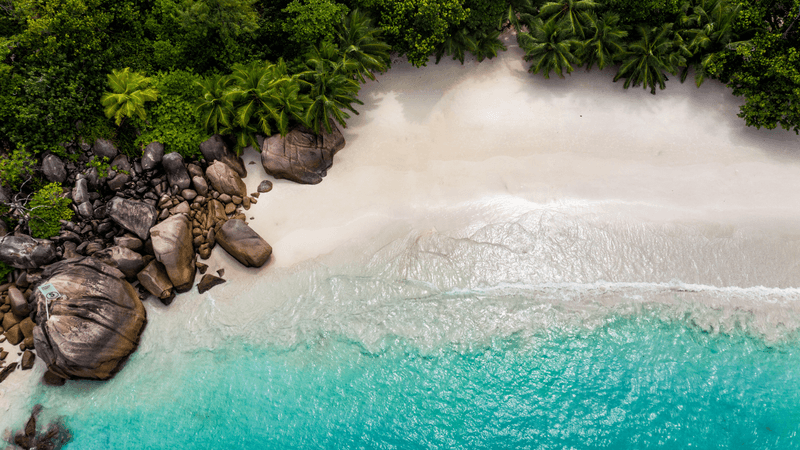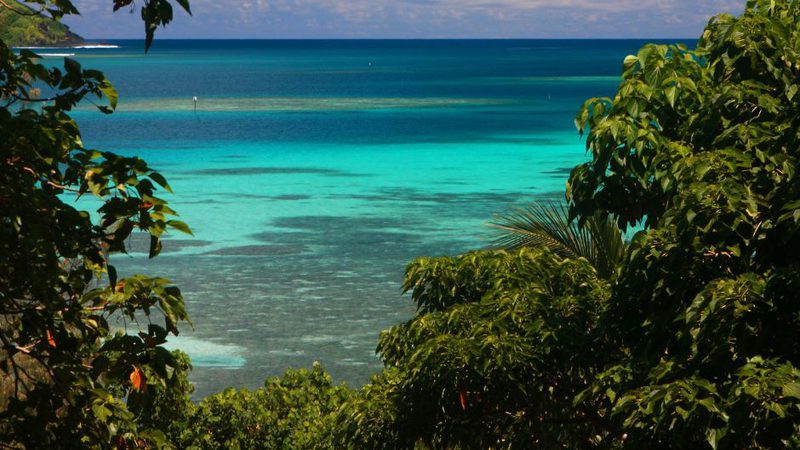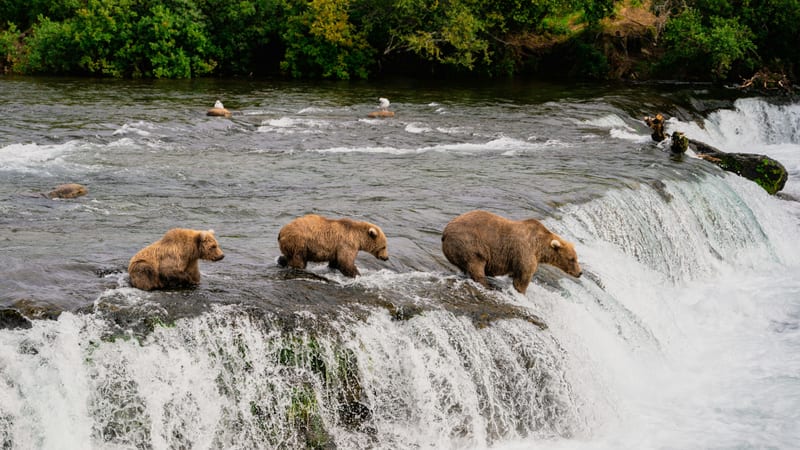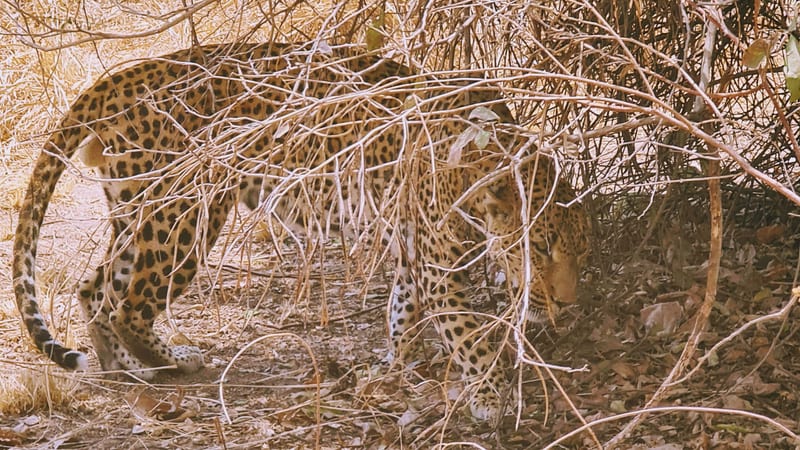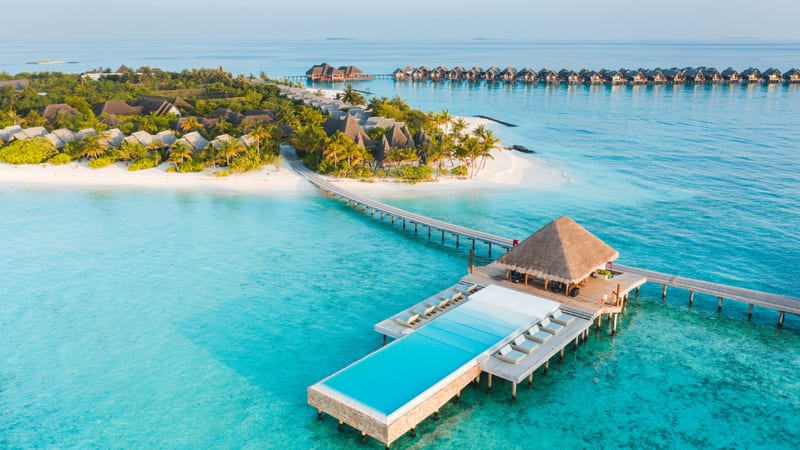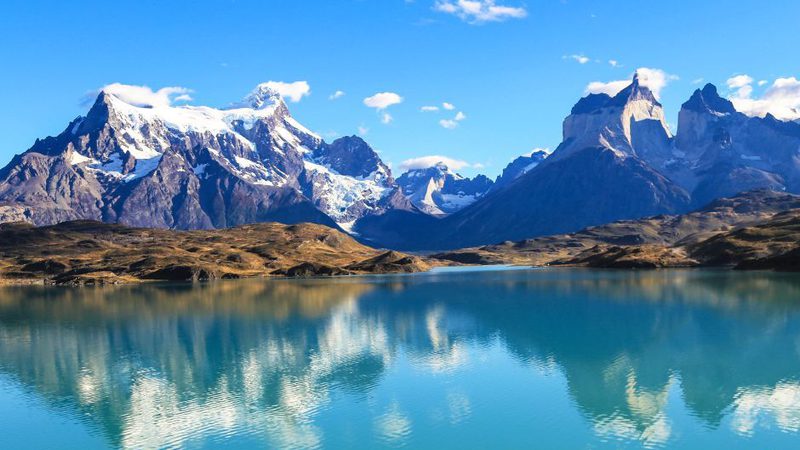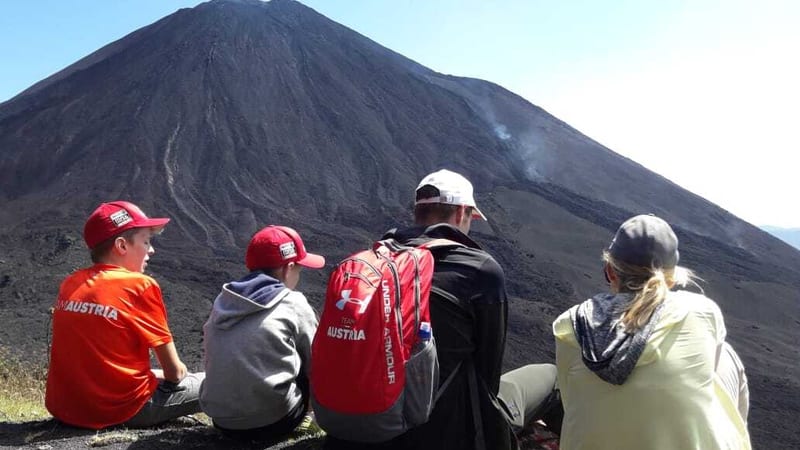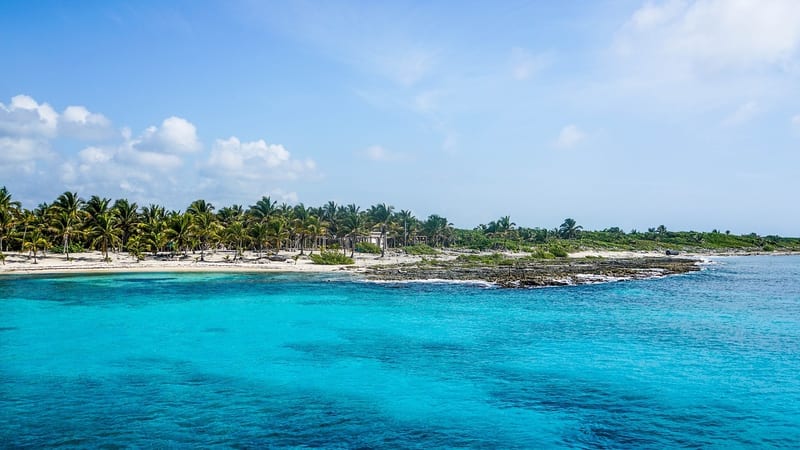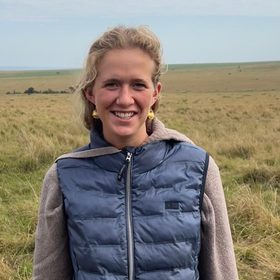Escape from it all to relax and unwind with uninterrupted beaches and swimming at all tides
Location: Set on a tiny private island just off Tanzania's coast at Bagamoyo, Lazy Lagoon Island Lodge offers a peaceful hideaway around 90 minutes by road and boat from Dar es Salaam. The lodge occupies its own stretch of unspoilt white-sand beach facing the Indian Ocean, surrounded by coral reefs, offering sunset views and a Robinson Crusoe-style retreat without the crowds.
Rooms: The lodges provides 12 beachfront bandas, simple yet spacious two-storey cottages lined along the sand. Each has a beach-facing veranda (upstairs and downstairs), generous bathroom, mosquito-netted double bed, and basic hot water - comfortable and clean, with a rustic seaside charm that feels both romantic and relaxed.
Amenities: Communal areas centre around a lid-back bar, open-air dining terrace, and swimming pool overlooking the ocean. There's a lounge for reading or relaxing, nightly campfires on the beach, and a small shop. Beach towels and full-board dining are included. And yes - Nomo, the lodge mascot dog, often escorts guest to dinner! Power isn't constant - as a small eco-lodge, electricity may be limited at times over the course of the day.
Activities: This is a place to slow down: you can stroll the beach or lounge on the veranda, snorkel or kayak among shallow reefs, windsurf or sail on the lagoon, or paddle-board at sunset. The lodge also arranges visits to historic Bagamoyo, sandbank picnics, and candlelit dinners on the beach - plus board games, pool-side cocktails, and quiet swims in the ocean or pool.
Sustainability: While Lazy Lagoon is more rustic than eco-certified, it embraces low-impact living. Electricity is limited, reducing fossil fuel use. The lodge sources local seafood daily and supports nearby fishermen. With no heavy infrastructure and no air conditioning, life here is simple - and guests are invited to embrace the natural pace, reducing plastic use and blending gently into this coastal ecosystem.
Best places to stay in Tanzania Coast
Tanzania Trip Inspiration
When to visit Tanzania
Find out the best time to visit Tanzania with our month by month guide.
- Best
- Good
- Mixed
- Jan
- Feb
- Mar
- Apr
- May
- Jun
- Jul
- Aug
- Sep
- Oct
- Nov
- Dec
January
January is mixed when it comes to weather, temperatures rise whilst the chance of rain and humidity increases. It is still a good time to go, as the rates are lower yet the game viewing is still excellent.
- During this time migratory herds are in the Serengeti for calving season, meaning the Ndutu plains are busy.
February
The weather remains hot with a chance of rain in February.
- Meanwhile in the Ndutu Plains the migration is still occurring.
March
March is the calm before the storm, before heavy rains and humidity builds. Visitors can take great advantage of lower rates during the low season.
- Migrating herds start to leave Ndutu, heading West towards Grumeti.
April
April experiences continued periods of heavy rain, we would advise against travel due to the conditions.
May
During may there is periods of heavy rain, we would advise against travel due to the conditions.
June
June heralds the wet season, bringing lush green vegetation which can make spotting game more difficult. It is a particularly great time for birders as parks become populated by migratory birds especially in the South.
- Migration is still in the Grumeti area, heading north.
July
July is the start of peak season, temperatures reach up to 30 degrees and the surrounding land becomes drier and spotting game is becoming easier.
- The migration is in the Northern Serengeti moving towards Kenya.
August
August is peak season, with bush land drying out game spotting becomes much easier. If you want to experience Tanzania game at its best, August is the time to travel.
- The migration still remains in the north.
September
Peak season continues in September, the Northern circuit can be very busy, if you want to avoid crowds it's best to visit the southern parks.
- The end of the migration is still in the north with herds on both side of the Kenyan and Tanzanian borders.
October
Peak season continues into October with good game viewing in the Serengeti and southern parks.
- The migration has now crossed over into Kenya.
November
November is the start of the rainy season, the rains tend to be overnight so it is still a popular time to travel. During this month you can take advantage of low season rates.
- Migration crossing over into the Serengeti can be seen a the Tanzania and Kenya border.
December
Rains continue in December, whilst the temperature and humidity start to build. Venturing out on safari is generally good, with large game still easily spotted.
- Migrating herds in the north travel south back to Ndutu.
Speak to a Tanzania expert today
and start planning your tailor-made holiday

Alistair





